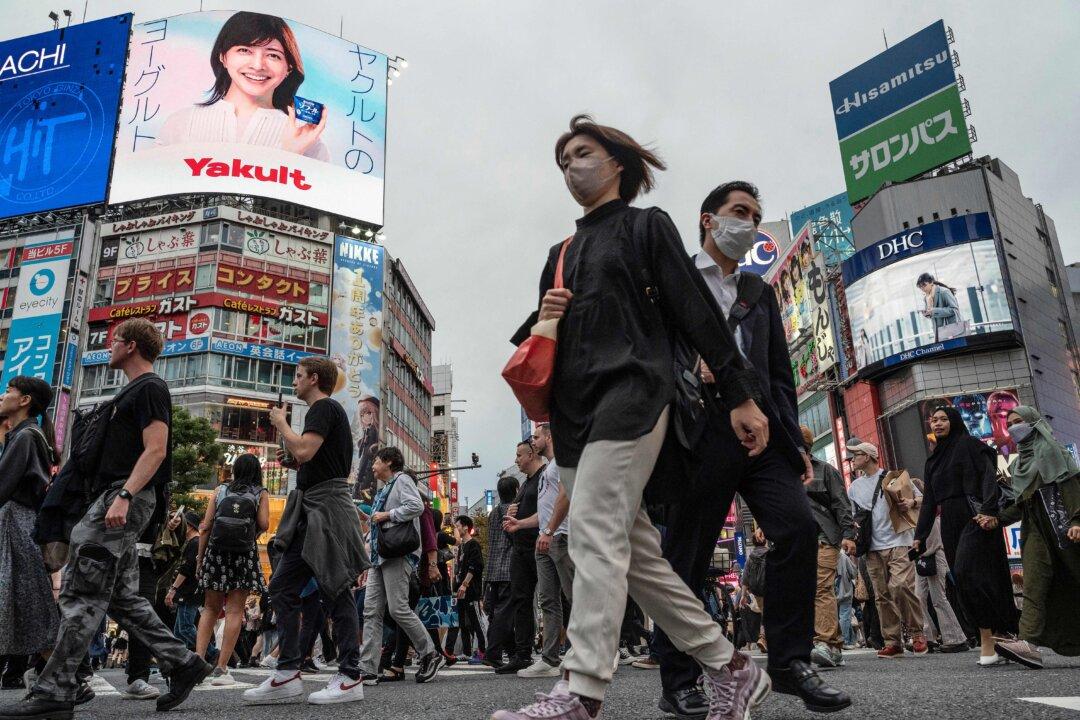Besides traditional migration destinations like Europe, America, and Australia, Japan has become a new favorite among wealthy Chinese migrants. Last year, the number of Chinese residents in Japan reached 820,000, an increase of 60,000 from the previous year.
In June last year, Henley & Partners, a firm tracking global migration trends, released a report estimating that 13,500 high-net-worth individuals from China relocated abroad in 2023. This exodus marked China as the country with the largest outflow of affluent individuals globally. The firm classifies high-net-worth individuals as those with investable assets exceeding $1 million.




